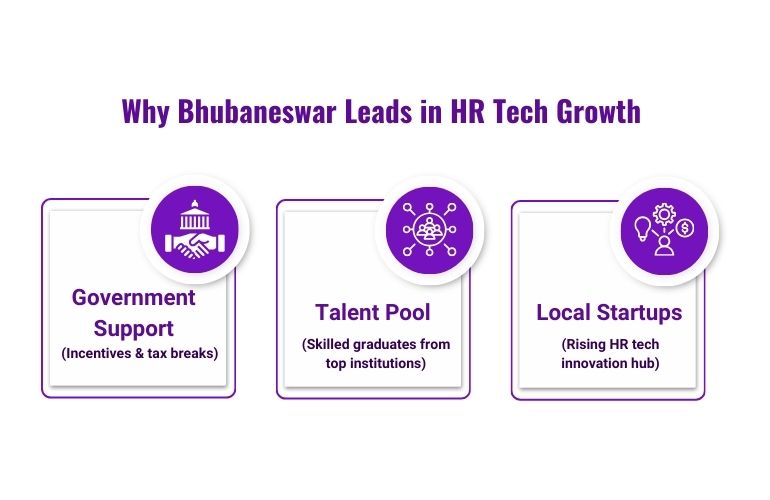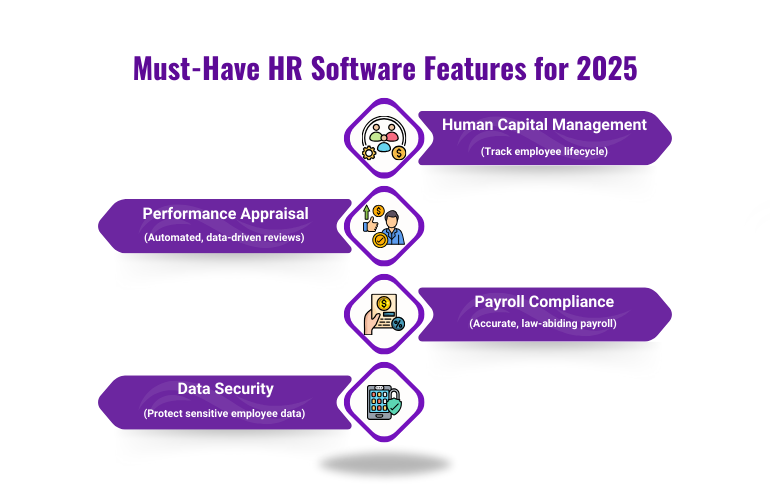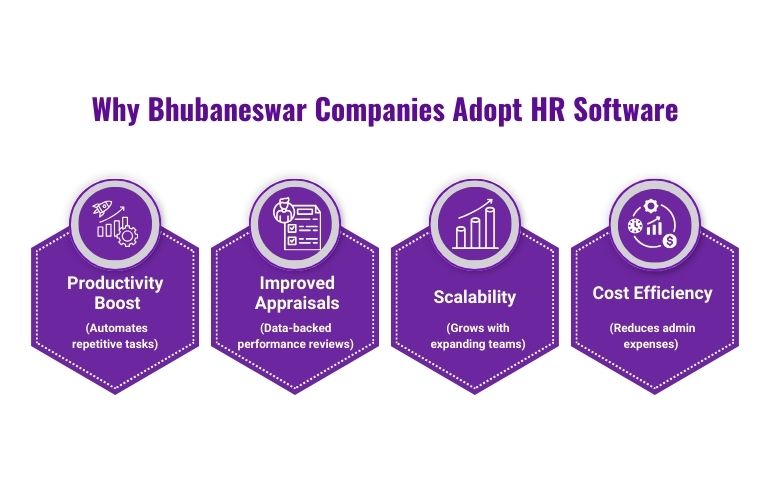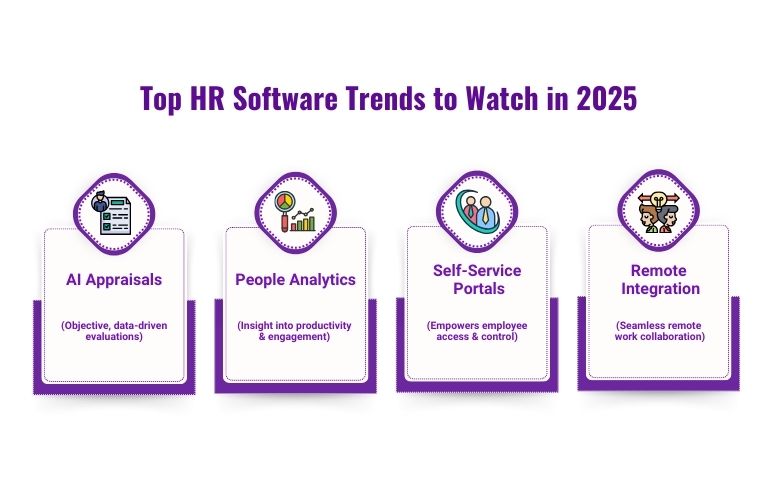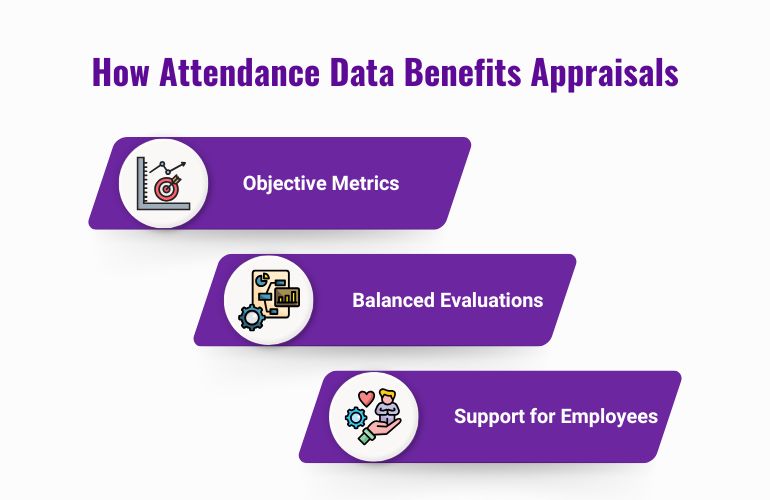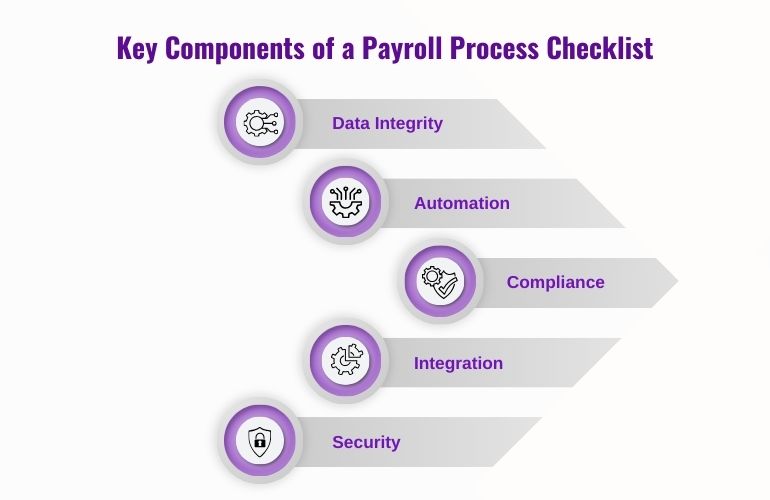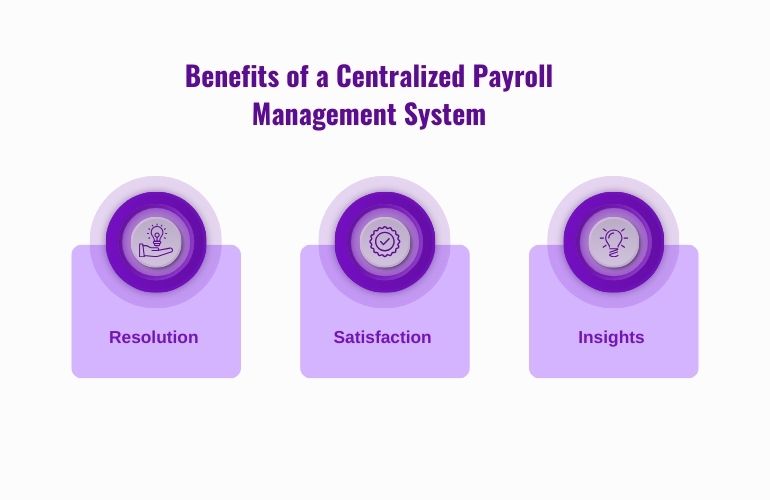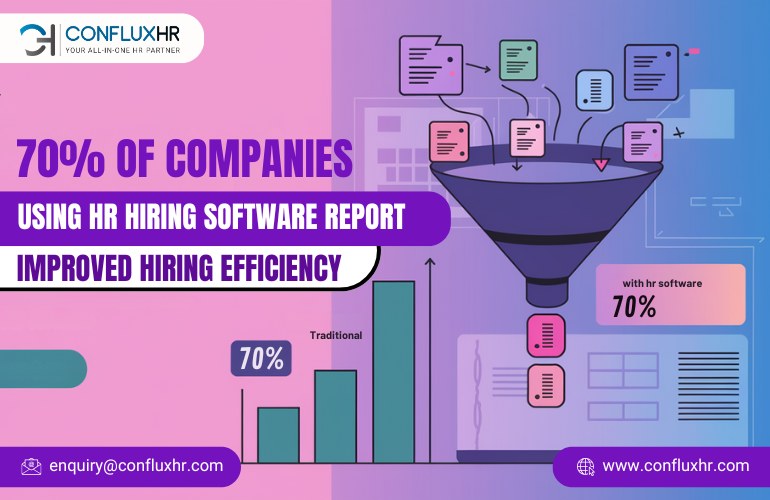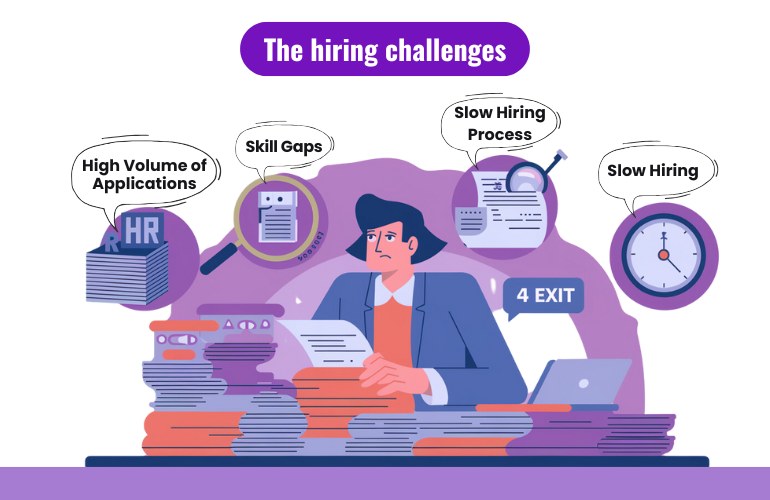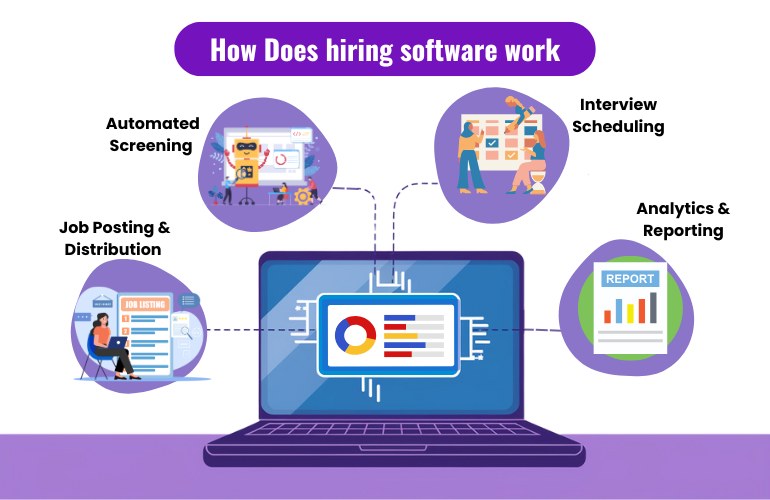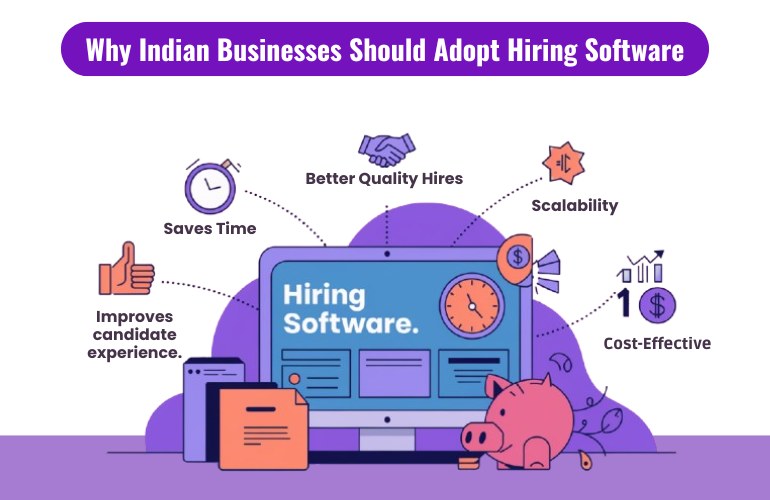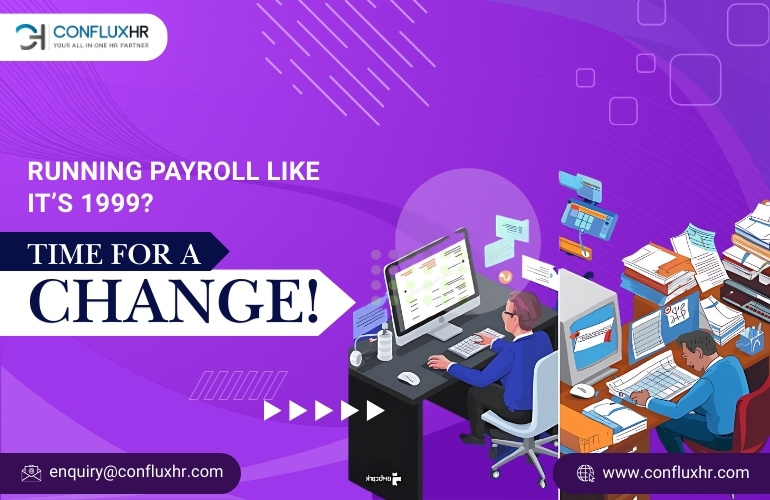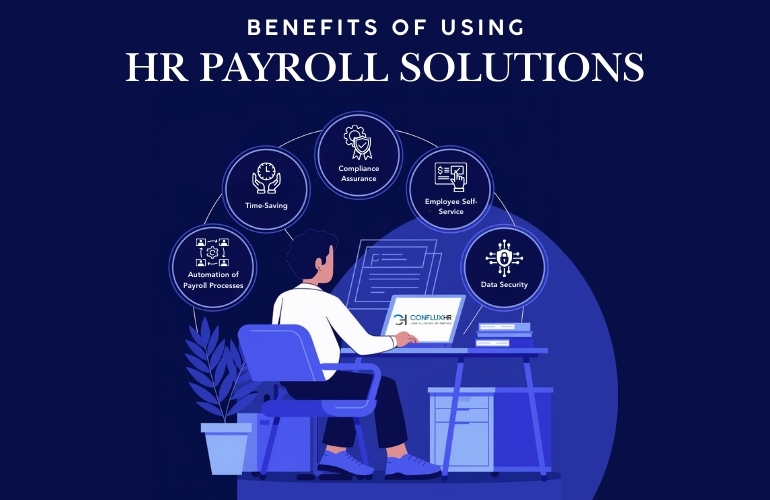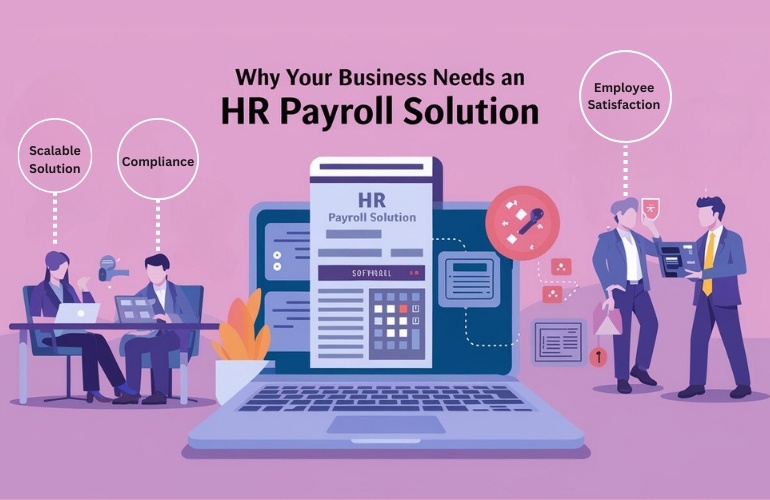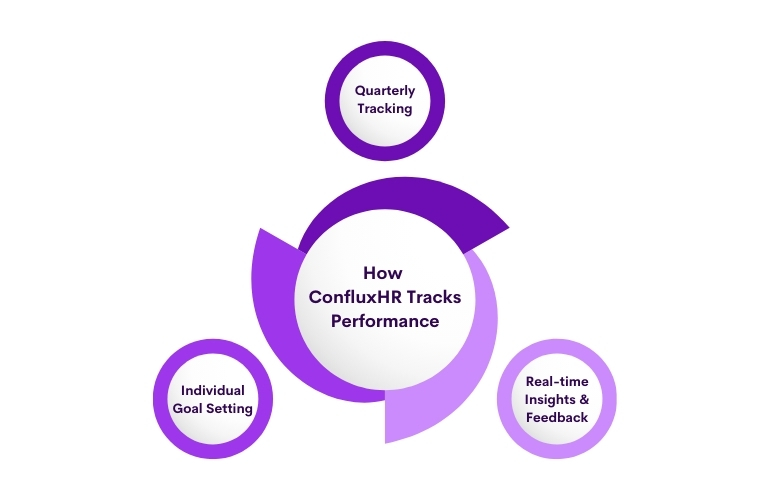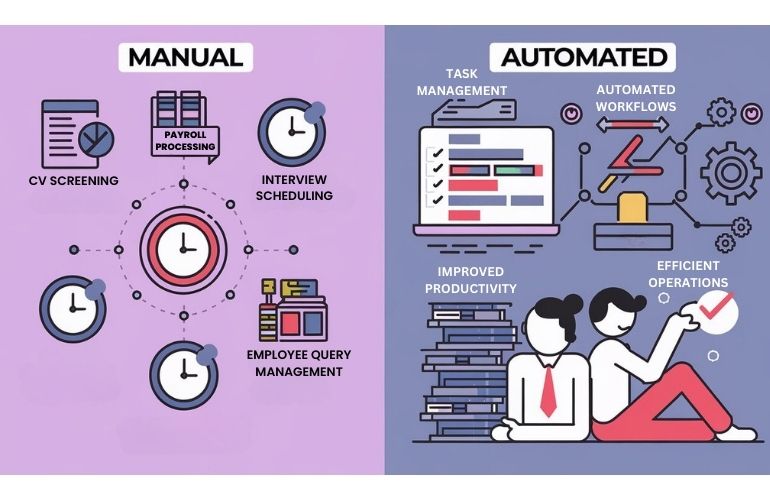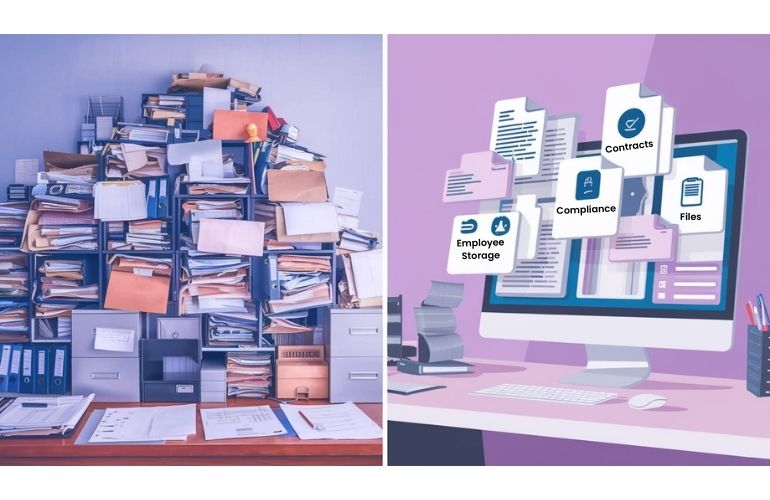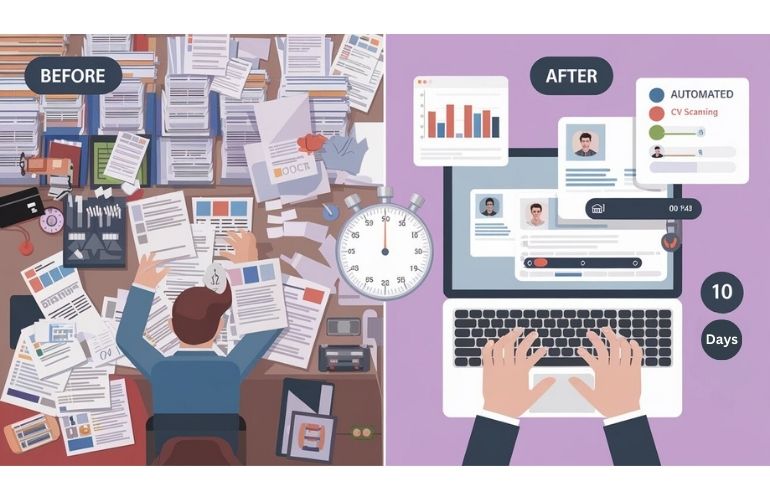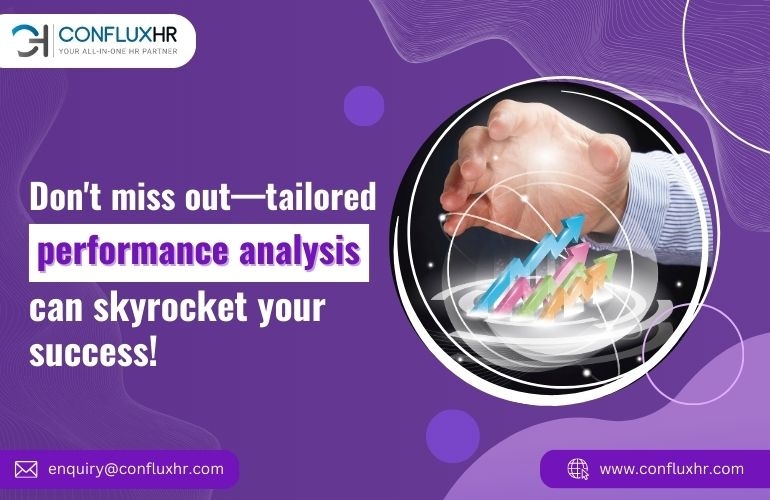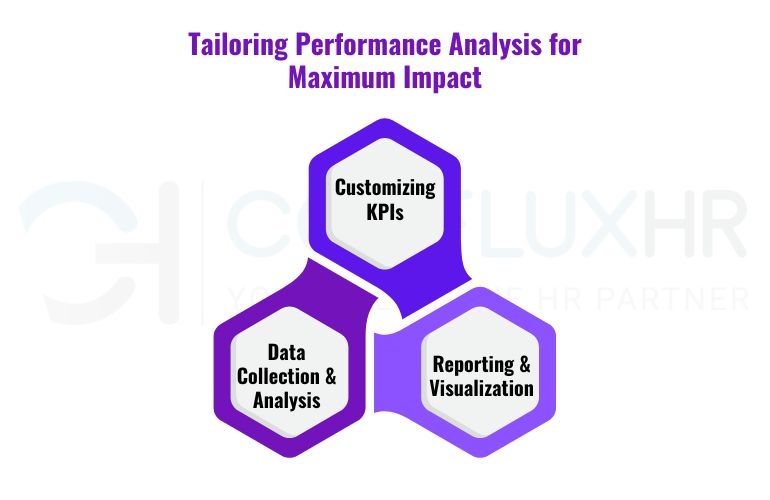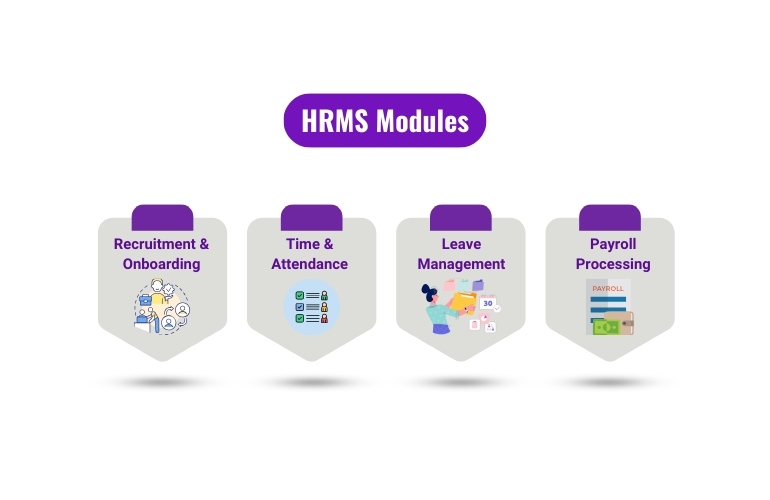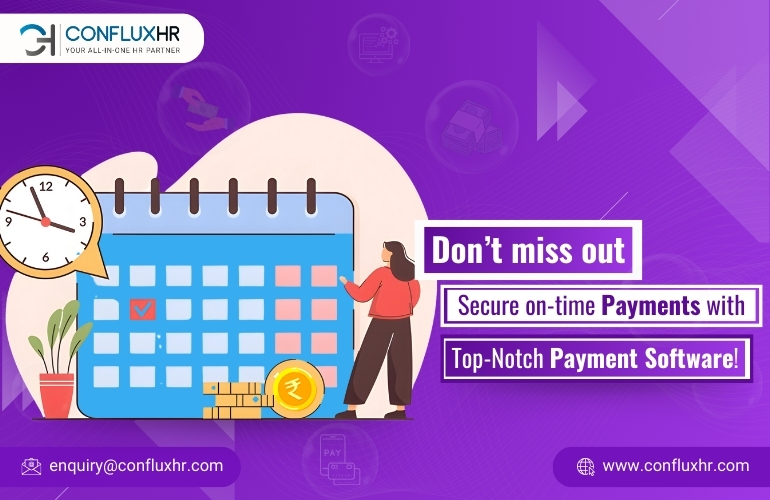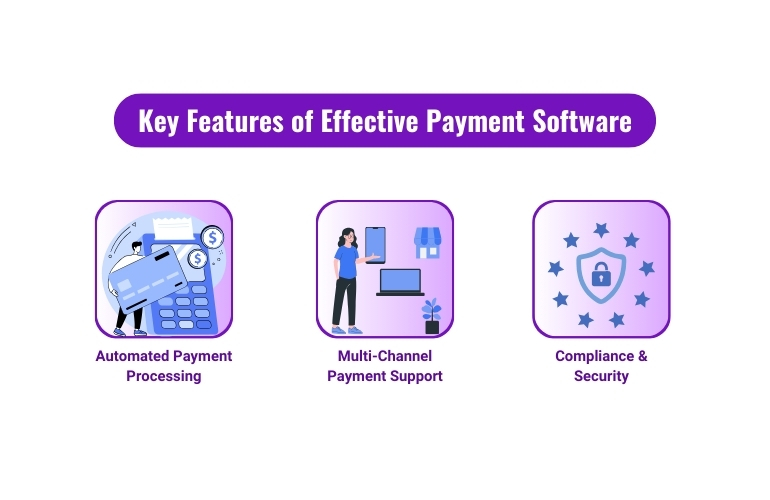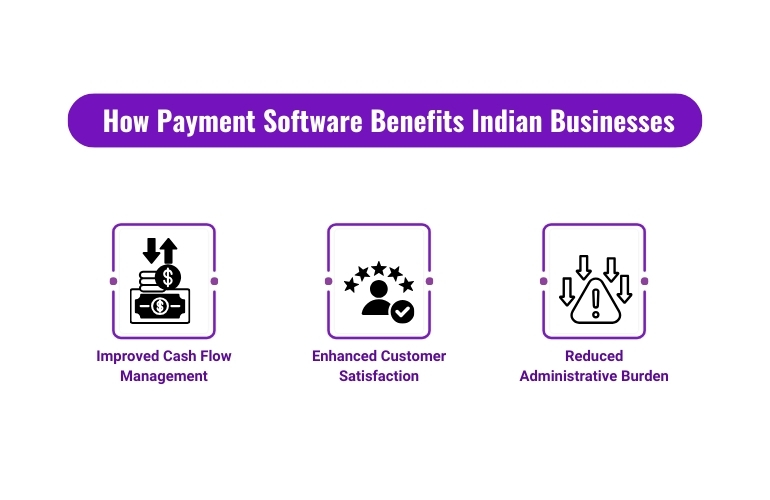In recent years, HR software solutions have rapidly gained traction across India, revolutionizing how companies handle employee management and performance tracking. Cities like Bangalore and Hyderabad have traditionally dominated the tech scene, but there’s a new player emerging with incredible potential—Bhubaneswar. Often overlooked, this city is quickly becoming a tech hub for innovative HR technology, and by 2025, Bhubaneswar is expected to be at the forefront of the HR software industry.
With an increasing demand for HR management software and the city’s strategic positioning as a center for tech talent, Bhubaneswar is on track to make a significant impact in the field of human capital management and employee performance appraisal software. This article dives into why Bhubaneswar is emerging as a tech hub, the essential features to look for in HR software, and why Bhubaneswar-based companies are embracing these solutions.
Section 1: Bhubaneswar’s Rise as a Tech Hub
Why Bhubaneswar is Poised to Lead in HR Tech
Bhubaneswar’s transformation into a tech hub isn’t a coincidence. Several factors contribute to its rapid growth, from government incentives for tech startups to a skilled workforce and relatively low operational costs. This unique combination has attracted both national and international companies looking to leverage Bhubaneswar’s resources.
- Government Support for Tech Growth: The Odisha government has introduced several initiatives to nurture tech ecosystems in the city. Programs offering subsidies, tax breaks, and infrastructure support have spurred the growth of tech startups, especially in HR technology. Bhubaneswar is home to several incubation centers and innovation hubs that foster tech innovation.
- Rich Talent Pool: With reputable institutions like IIT Bhubaneswar and IIT Bhubaneswar, the city produces a steady stream of skilled software engineers and data analysts. This talent pool is ideal for developing HR management software and other tech solutions.
- Rising Local Startups: Bhubaneswar is seeing the rise of local startups focusing on HR software for small and medium-sized enterprises. Many of these companies are receiving investment from venture capital firms, solidifying Bhubaneswar’s reputation as a growing center for HR tech innovation.
Section 2: Key Features to Look for in HR Software
Essential Features of HR Management Software for 2025
As Bhubaneswar’s market for HR management software grows, companies need to know what features to prioritize when selecting the right tool for their business. Here are some must-have features that will define successful HR software in 2025:
- Human Capital Management (HCM): This feature allows companies to track and manage the entire employee lifecycle, from recruitment to retirement. HCM tools provide insights into employee growth and development, helping organizations make strategic decisions regarding talent management.
- Employee Performance Appraisal: Automated, data-driven performance review systems are essential for organizations focused on continuous improvement. These tools not only save time but also provide fair, objective performance evaluations. In fact, companies using automated employee performance appraisal tools report a 20% increase in employee satisfaction, according to a survey by SHRM.
- Payroll Management & Compliance: Managing payroll in a cost-effective and compliant manner is crucial. HR software that includes payroll functionality ensures accurate payments while adhering to labor laws and tax regulations, reducing the risk of compliance issues.
- Data Security & Compliance: Protecting employee data is non-negotiable, especially with the rise in data privacy regulations. Reliable HR software includes robust data protection measures to secure sensitive employee information and ensure compliance with local and international standards.
Section 3: Benefits of Implementing HR Software in Bhubaneswar-Based Companies
Why Bhubaneswar Businesses are Embracing HR Software
HR software offers multiple benefits that streamline operations, enhance productivity, and improve employee engagement. Here’s why companies in Bhubaneswar are increasingly adopting these solutions:
- Improved Employee Productivity: Automating repetitive HR tasks—such as leave management and document storage—frees up HR professionals to focus on strategic initiatives. This boost in productivity translates to higher efficiency and better workforce management.
- Enhanced Employee Performance Appraisal: By using tools for employee performance appraisal, companies can conduct consistent, data-backed evaluations that lead to a more motivated workforce. Studies show that structured appraisals can improve employee retention rates by as much as 14%.
- Scalable Human Capital Management: As Bhubaneswar-based companies grow, they need scalable HR solutions that can adapt to their expanding teams. HR software that includes human capital management capabilities allows for smooth scaling while maintaining organizational structure.
- Cost Efficiency: Operating costs in Bhubaneswar are already lower compared to larger cities. Adding HR software to the mix further reduces expenses related to administrative tasks, allowing businesses to allocate resources more effectively.
Section 4: HR Software Innovations and Trends in 2025
What’s New in HR Software? Trends to Watch in 2025
The HR software landscape is constantly evolving, with new trends and innovations emerging to address the modern workplace’s challenges. Here are some trends in HR management software to watch out for in 2025:
- AI-Driven Employee Performance Appraisal: Artificial intelligence is revolutionizing performance evaluations. By analyzing data points from employee activities, AI can provide objective and unbiased assessments, making performance reviews fairer and more accurate.
- People Analytics: Leveraging data analytics allows companies to gain insights into employee behavior, productivity, and engagement. People analytics can be used to predict turnover, identify skill gaps, and optimize team dynamics.
- Employee Self-Service Portals: Empowering employees to access their own records, manage benefits, and give feedback enhances engagement. Self-service portals reduce HR’s workload and enable employees to take control of their own data.
- Integration with Remote Work Tools: As remote work becomes the norm, HR software must integrate with remote collaboration tools. This enables smooth operations, team coordination, and performance tracking in a distributed workforce.
Section 5: Case Studies of HR Software Success in Bhubaneswar
Bhubaneswar Companies Successfully Using HR Software
Several companies in Bhubaneswar have already implemented HR software solutions and are seeing positive results. Here are a few examples:
- Mid-Sized IT Firm: This firm adopted an employee performance appraisal tool to streamline performance reviews. Since implementation, they’ve reported a 25% reduction in employee turnover, attributing it to more transparent and fair evaluation processes.
- Growing Startup: A startup focusing on IT services leveraged human capital management software to optimize hiring and onboarding. The software helped them streamline their hiring process, reducing time-to-hire by 40%.
- Manufacturing Company: A manufacturing firm incorporated an integrated HR solution for payroll and compliance management. This change reduced payroll errors by 30%, making compliance checks faster and more reliable.
Section 6: How to Choose the Right HR Software Provider in Bhubaneswar
Selecting the Best HR Software Provider in Bhubaneswar
With so many options available, choosing the right HR software provider is critical. Here are some tips for making the right choice:
- Scalability: Ensure that the software can grow with your company. Scalable solutions will allow you to add users and features as your business expands.
- Customization: Look for software that aligns with Indian compliance standards and offers customizable features that cater to your unique business needs.
- Support and Training: A local provider with strong support and training options can make the implementation process much smoother, helping your HR team get the most out of the software.
- Integration Capabilities: The software should integrate seamlessly with your existing tools and systems, creating a cohesive digital workspace for HR and management.
Conclusion
Bhubaneswar’s rise as a tech hub, combined with the increasing need for efficient HR management solutions, makes it a fertile ground for HR software innovation. Companies in the city are embracing these tools to streamline their operations, boost employee engagement, and enhance productivity.
As Bhubaneswar gears up to become a major player in the HR tech industry by 2025, now is the perfect time for businesses to explore options that include human capital management and employee performance appraisal functionalities. These solutions will undoubtedly give them a competitive edge and help them manage their most valuable resource—their people.
Ready to transform your HR strategy? Explore cutting-edge HR management software, ConfluxHR, your all-in-one HR Partner today and take the first step toward a more efficient, engaged workforce in Bhubaneswar.



